A couple of years ago, a common crane – a bird native to Eurasia – showed up on Idaho’s Camas Prairie. It was spotted living with a flock of sandhill cranes, an expected species in southcentral Idaho. Predictably, this initiated a frenzy among the local birding community. Just as predictably, it also elicited debates as to whether this bird “counted” for life lists.
This year, I’ve been surprised by the number of reliable, verified wolverine sightings in the Rocky Mountain West. Some of these were in wilderness, but others were on the outskirts of town. Unlike common cranes, wolverines are native here. But seeing one in the city limits of Lewistown, Montana is perhaps just as surprising.
In the era of social media, wildlife misidentification is rampant. People regularly post “mountain lions” that are actually fat house cats. Watersnakes become water moccasins, coyotes become wolves, badgers become wolverines.
But here’s the thing. Sometimes that “impossible” wildlife sighting is real. Mountain lions aren’t found in Connecticut…until they are. The only wolverine in Michigan is a football mascot. But, then, a committed outdoors enthusiast spent months documenting a real, live wolverine in Michigan.
Sometimes, it’s an animal in the wrong habitat: a black bear wanders into the city. Other times, it’s an animal on the wrong continent, like that time a pygmy hippo appeared in Australia. (Seriously).
When you see something weird, you first have to rule out misidentification. But what happens when you make an ID and it’s something that is very, very far from its usual home?
As a naturalist, I enjoy identifying wildlife species. But I am also interested in why I am seeing an animal, especially if it is one in an unexpected place. The answer is often not straightforward. Wild animals move around, and now humans help them do so. With a little sleuthing, you can narrow down the reason for your unexpected wildlife sightings.
Here’s your guide to why wildlife shows up in the “wrong” place.
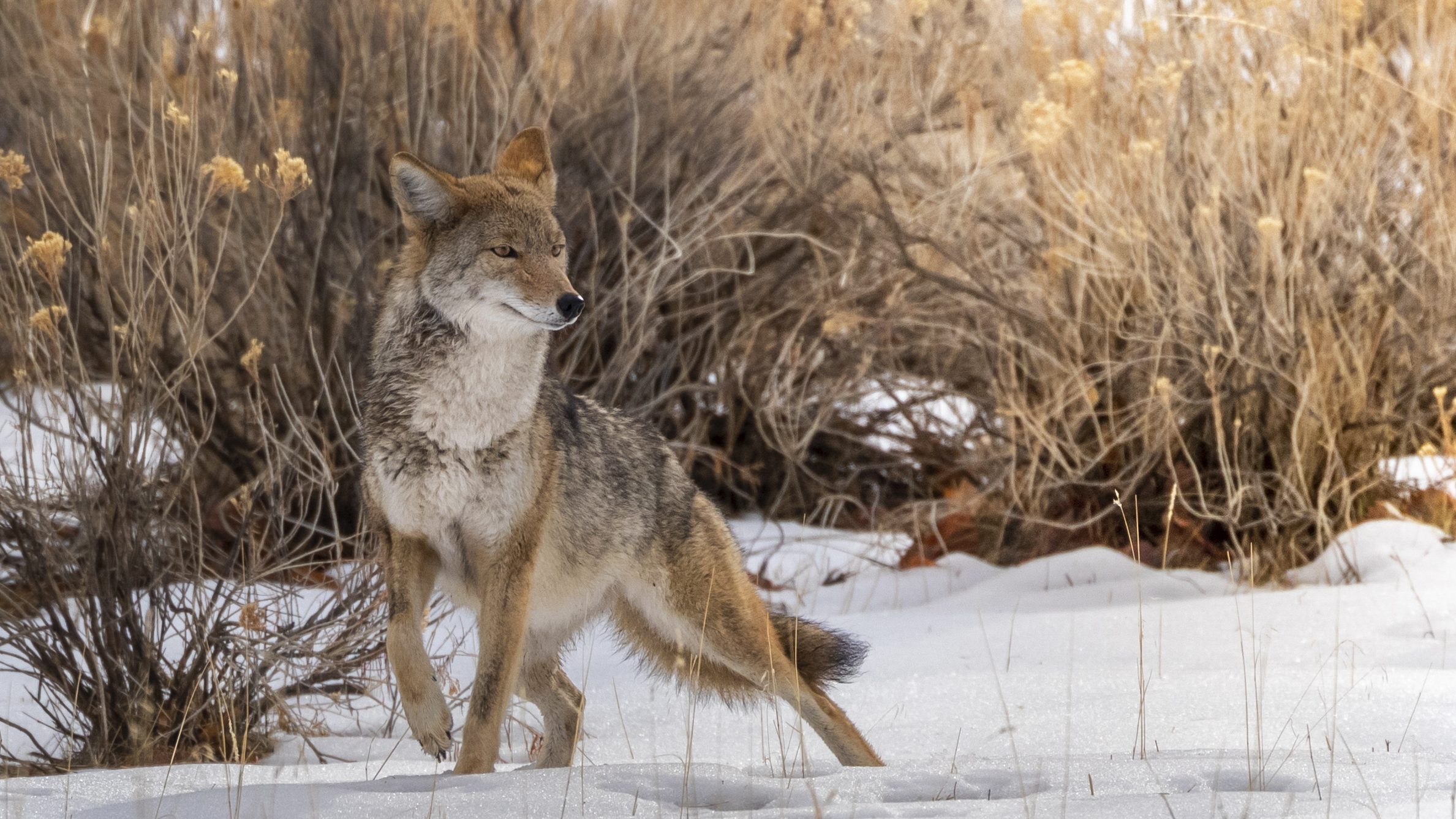
Weird Sighting, or Wishful Thinking?
OK, let’s say you’ve just seen something weird. A mountain lion in Massachusetts. A piranha in an Ohio pond. A pygmy hippo in Australia.
First you have to ask yourself this: Did I really see it?
All sorts of factors can wreak havoc on your identification skills: poor lighting, thick cover, a rapidly moving critter and wishful thinking, to name a few. So how can you be sure?
I’ve previously written a guide to commonly misidentified mammals. One rule from that post bears repeating: If in doubt, you probably saw the least exciting option. If you see a wild canine running across a field in Denver, you have to rule out coyote before you announce that you saw a wolf.
Still, there are times when it is something more exciting.
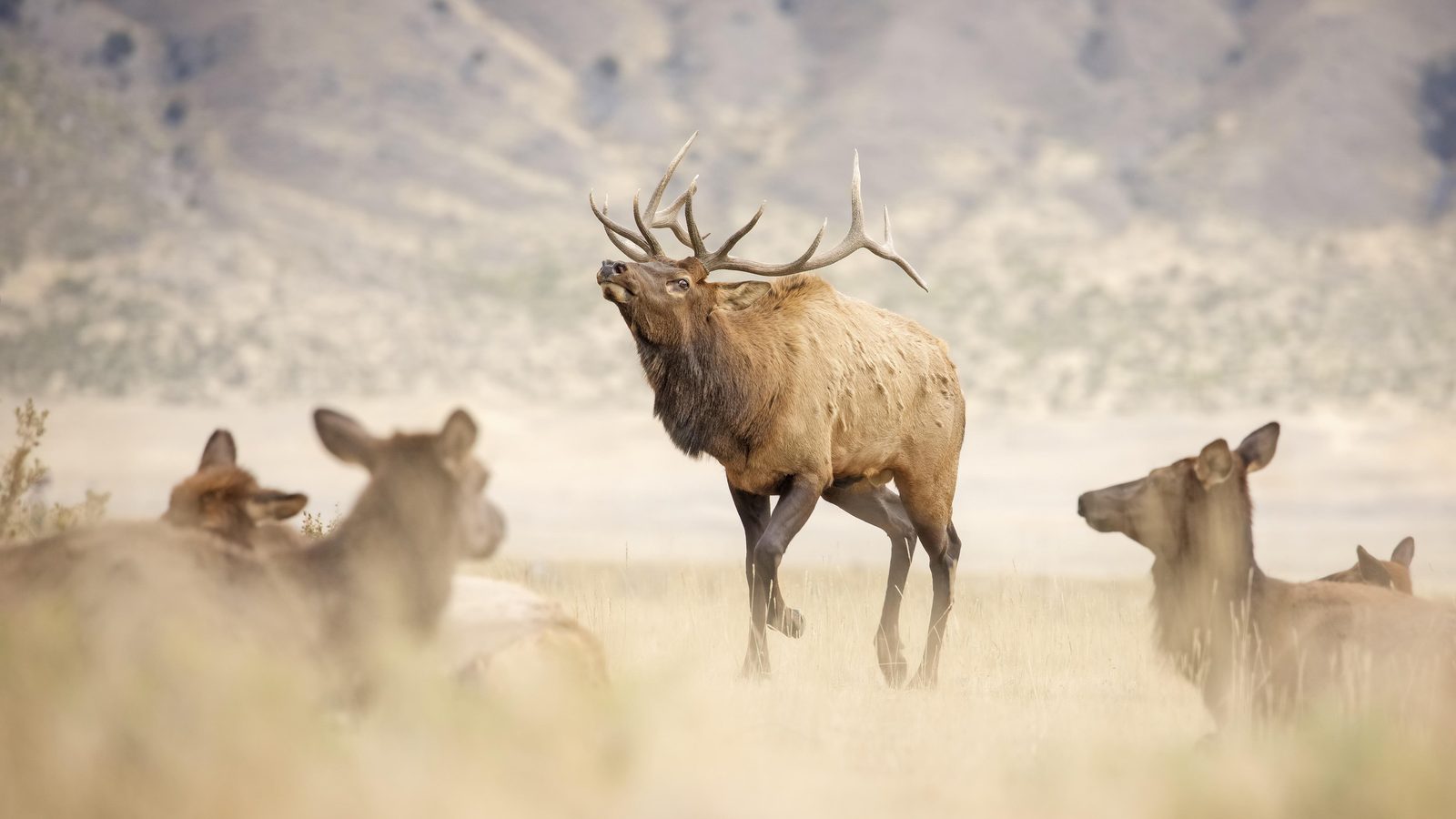
Wide Roamers
Some animals have very large home ranges. Wolverines, for instance, can range over hundreds of square miles.
It’s not easy being a wide-ranging species in the Anthropocene. In many instances, we’ve cut off migration routes and often-restricted large mammals to smaller homes. But that doesn’t mean they don’t still roam around. Sometimes, they end up back in their former homes that are now farms, suburbia or cities.
When a bull elk took up residence along the Boise Greenbelt, it generated a lot of local news. But it wasn’t really that unusual; Idaho has lots of elk and Boise would have once been prime winter range. If you see a black bear downtown in the eastern United States, it will get your attention. Still, it’s well within the realm of possibility.
Wolverines need big, wild areas, but they do rarely show up near towns, like the one in Lewistown, Montana, earlier this year. When a wolverine can cover hundreds of miles over its life, it could show up in unexpected places.
Some animals are territorial, so their young often disperses to find their own turf. This is likely why a mountain lion ranged from the Black Hills of South Dakota through Chicago all the way to Connecticut. It was a young male looking for a mate and a safe place to make home. (This story is masterfully told in Will Stolzenburg’s book, Heart of a Lion).
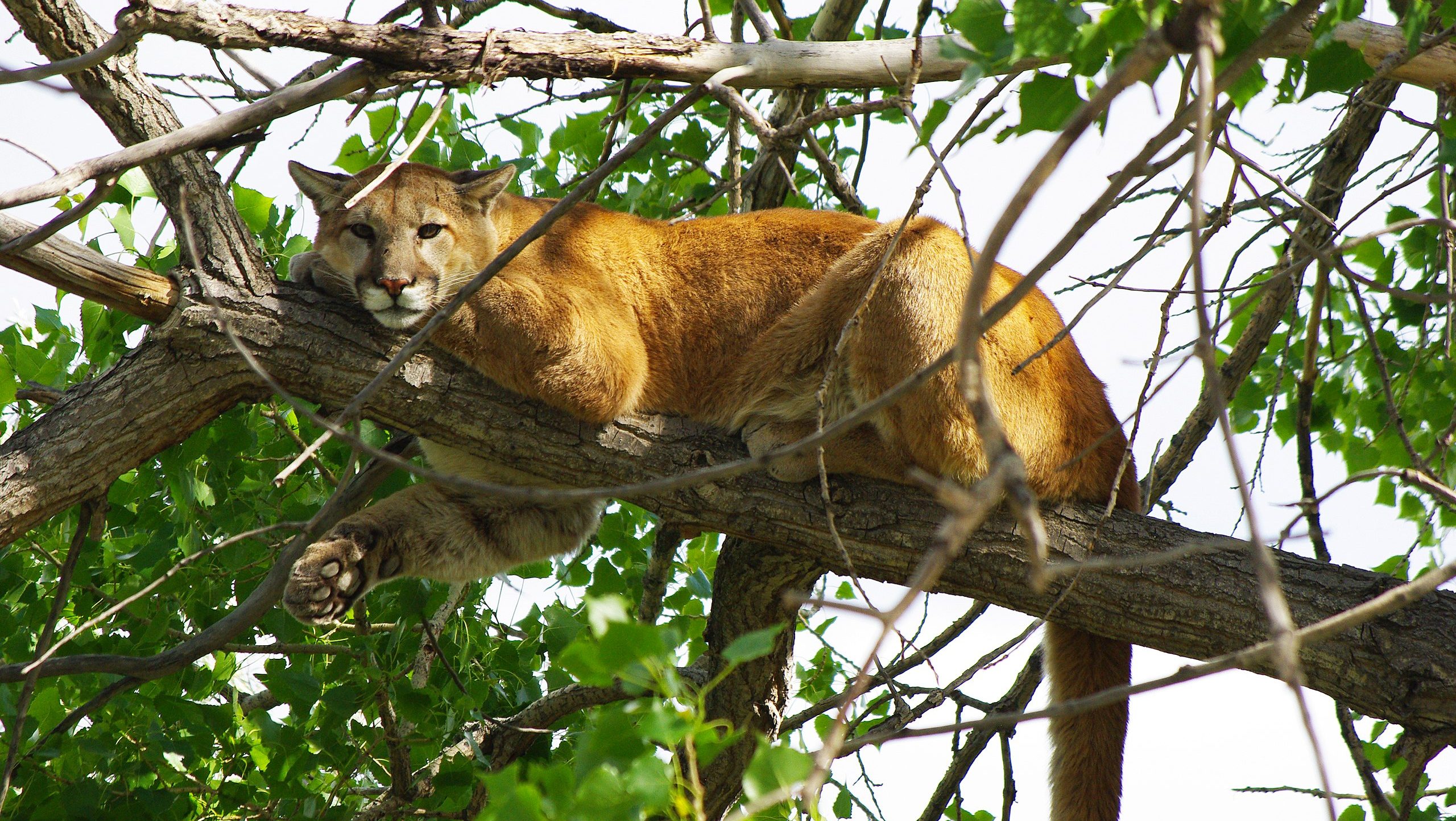
Call of the Mild
Some species might range into cities and decide to stay there. Humans often don’t tolerate bears or mountain lions. Smaller species, though, can often become established before we realize it.
These start out as “unusual sightings” but soon become normal. Many raptor species, for instance, would have been notable sights in cities a few decades ago. Now they have fully adapted to bird feeders. Bobcat populations have rebounded, and many of the cats have now taken up residence in urban areas. For many of us, a bobcat was once a rare sighting. In the past year, I’ve seen them in my backyard – as is the case for people from Dallas to Des Moines.
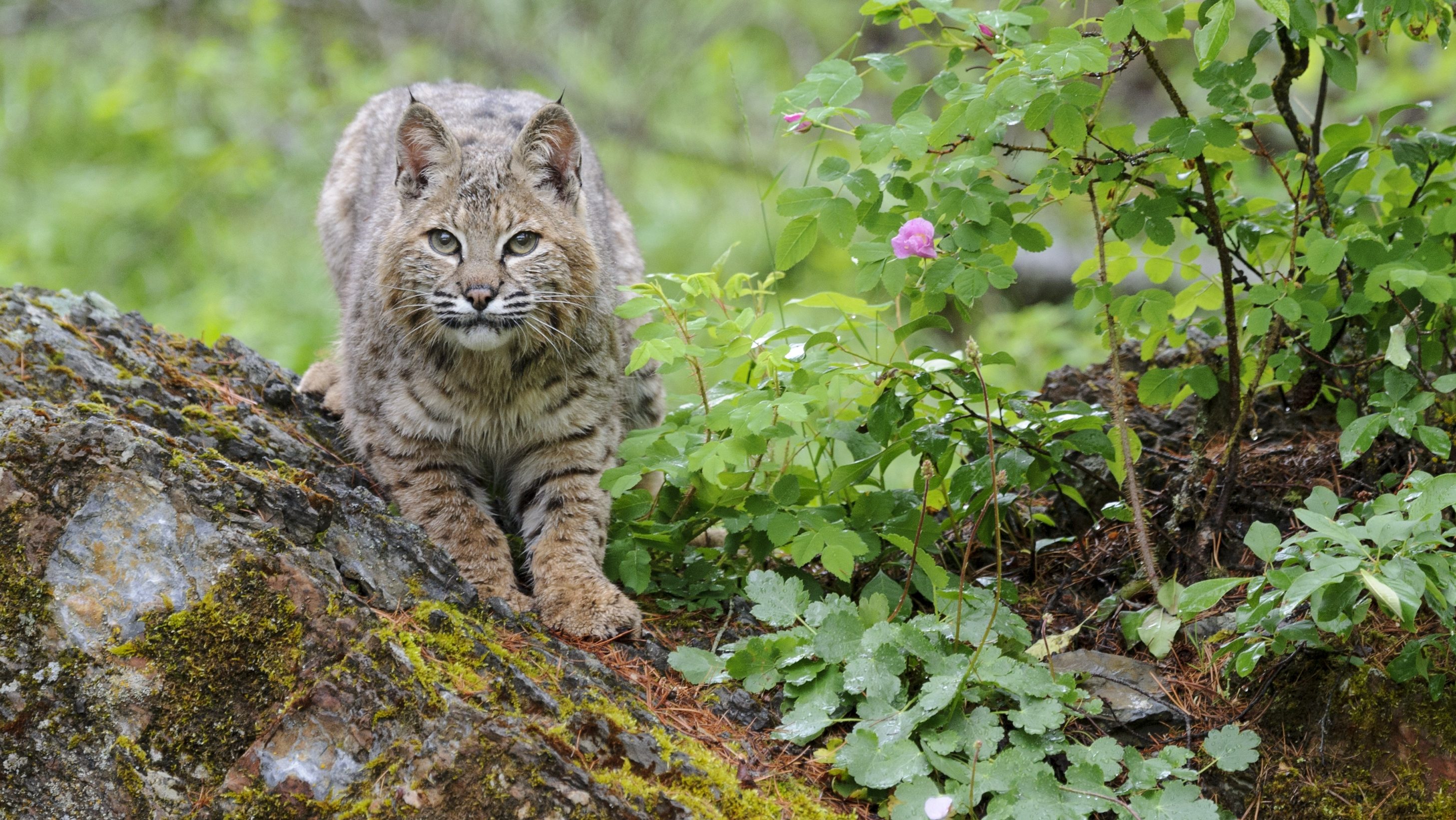
Shifting Range
Looking at a range map in a field guide, it may appear a permanent fixture. But animals ranges shift constantly. With climate change, that shift is happening even faster: In North America, species are shifting their ranges an average of 11 miles north and 36 feet in elevation each decade.
For some species, the shift is quite dramatic. The Virginia opossum evolved in South America, but began moving north about 800,000 years ago. That slow expansion became more rapid as opossums thrived in farmland and suburbia. They continue a push north.
There are several species in U.S. backyards that have been shifting north, like northern cardinals in the Upper Midwest and blue jays in the Rocky Mountain West. These birds may be expanding their range due to climate or habitat change, but it’s likely their abetted by bird feeders.
The above examples are all cases where you might see something that causes you to take a second look. A blue jay in Oregon or a black bear downtown? OK, you’ll look and confirm your sighting, but no one’s going to question your sanity.
But what about when something shows up from the wrong continent? Here’s where things start to get a lot more confusing.
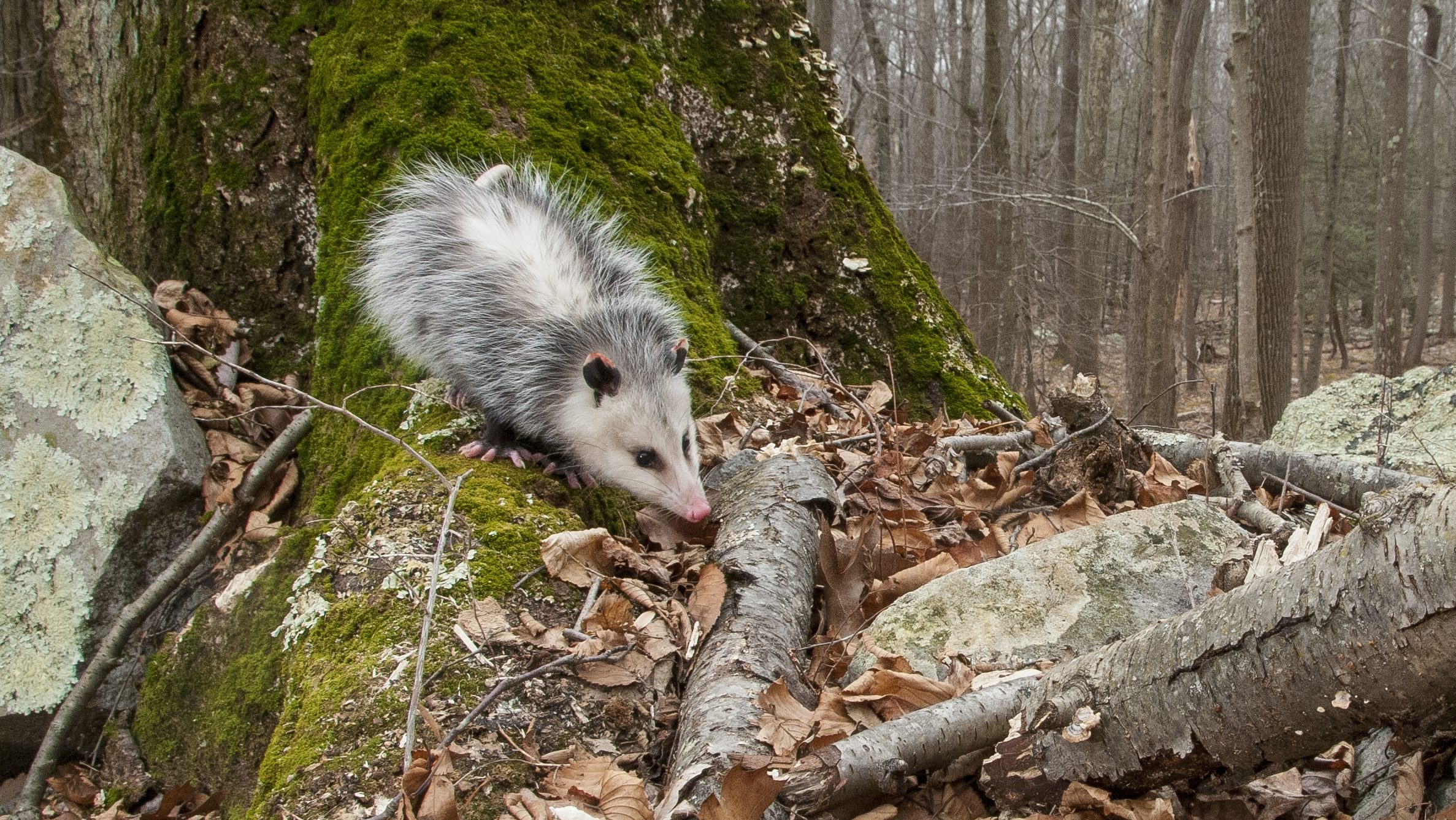
Vagrants
A mountain lion that roams hundreds of miles gets its own book. For birds, such movements are routine. They fly. Many species embark on significant migrations. At times, this means they show up in places well outside their range.
Birds that end up outside their usual range are called “vagrants.” Last winter, a Steller’s sea eagle – an Asian species – created a stir when it showed up in Maine. A bat falcon in South Texas is considerably less surprising (the species is found in Mexico), but it still generated a lot of excitement.
Vagrants are big news for birders. Local birders love to see something new and unexpected in the county park, even if it’s a common species elsewhere. When the vagrant is something extremely rare for the continent, it can result in a frenzy. For competitive birders, the sudden appearance of a bat falcon can help break a “big year” record.
This level of attention to vagrant birds makes identification a bit easier. If there’s a really weird bird about, it’s going to be on social media and discussed in birding circles.
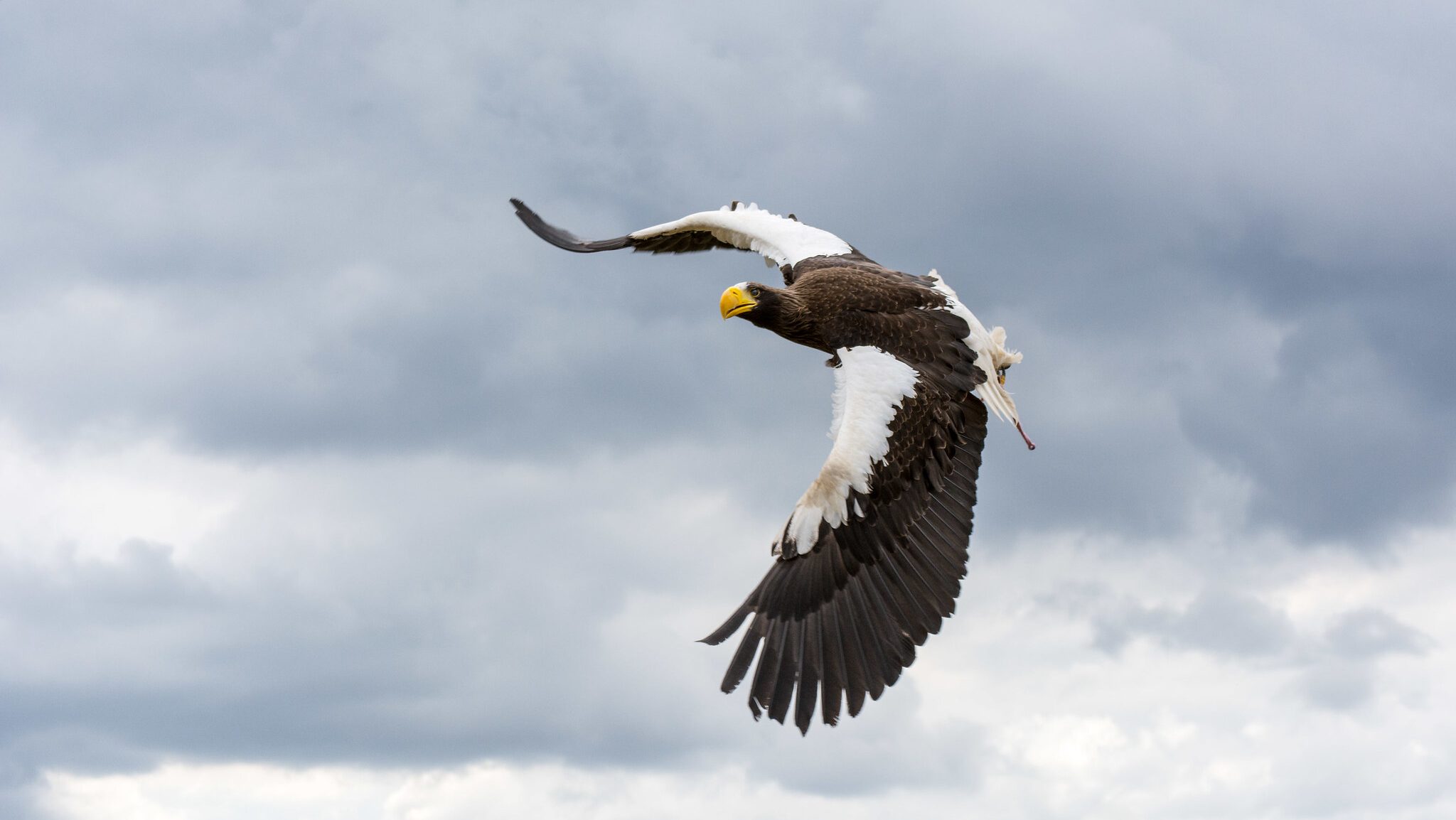
Escapees and Released Pets
My wife was jogging along the Boise greenbelt one afternoon when suddenly she saw an emu running her way. Obviously, an emu didn’t get blown off course. It had escaped from a local farm that kept exotic pets.
While working on a story on ocelot conservation in Texas, I looked up to see a herd of zebras trotting by. Zebras have big home ranges, but not that big.
People move animals around. In our global world, you really could see almost anything almost anywhere.
People keep exotic animals on game farms, exotic hunting preserves, roadside zoos, aviaries and more. Unlike accredited zoos, these collections often lack much regulation. Fencing can be expensive to maintain.
Animals escape. So if you see a chimpanzee or an ostrich in North America, you might not be hallucinating. Anything is possible.
The aforementioned pygmy hippo in Australia was certainly an escapee. So was the wolverine in Michigan, which was traced back to a zoo.
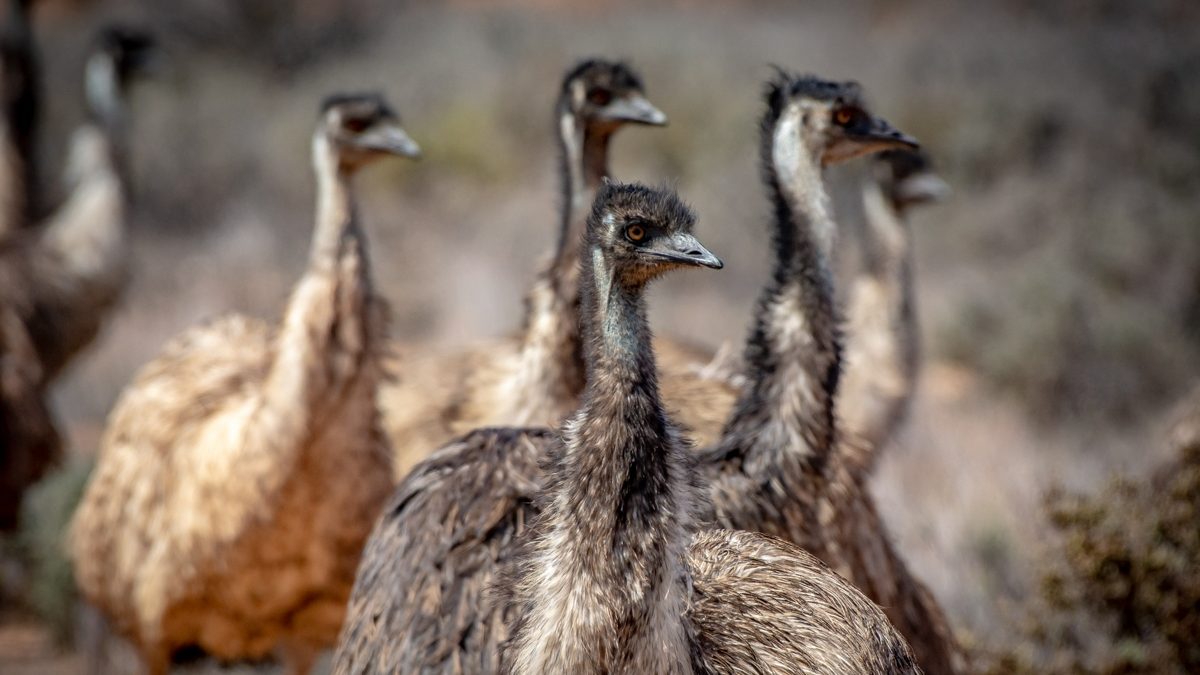
People often keep exotic pets. They find that the animal quickly loses its novelty and is a lot more work than they thought. So they think they are being kind by releasing them. This is a bad idea. It also can contribute to weird animal sightings.
Some of these animals roam around alone. For a while, we had a hooded rat living in our wood shed, clearly a released pet. It survived on bird seed until we found its tail one day, the apparent meal for a predator.
Other released pets breed and thrive. I’ve found tropical fish in warm waters across the United States. Feral parrots are established in many areas. Problematic invasive species like Burmese pythons in Florida originated as released or escaped pets. (Reptiles are unlikely to roam as far as birds or mammals, so if you see something weird, a pet release is the most likely explanation).
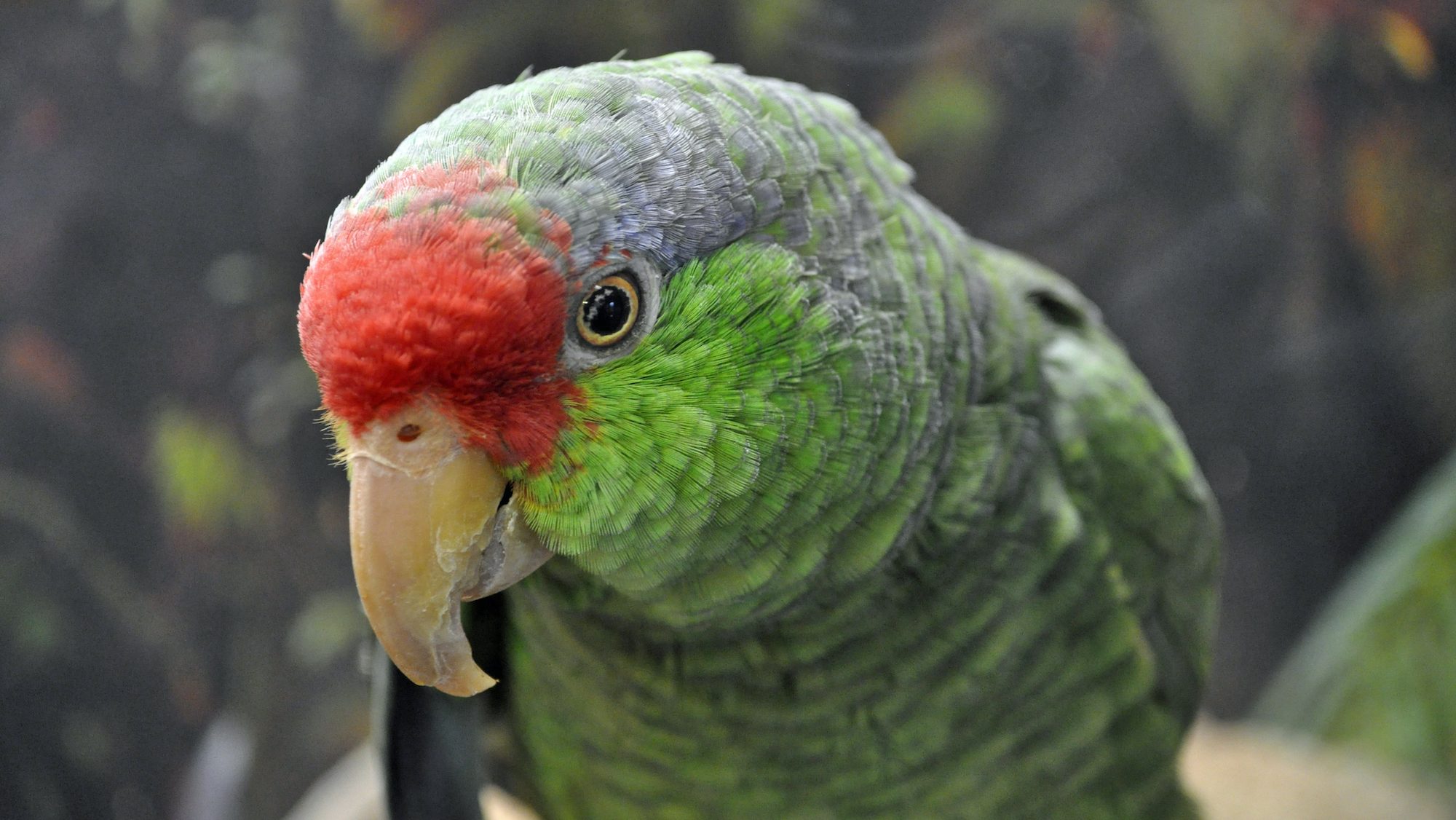
Invasive Species
In a global world, many animals (not just pets) are introduced to new environments. Most do not survive. Most do not become problems. But some spread very rapidly.
Eurasian collared doves were introduced to the Bahamas in the 1970s. By the early 1980s, they had reached South Florida. From there, they spread across North America. Now they’re a common sighting at many feeders.
Feral pigs have also rapidly spread across North America, often aided by misguided hunters who want a new big game species. If you see a feral pig in an area not known to have them, report it. State wildlife agencies can act before the species becomes problematic.
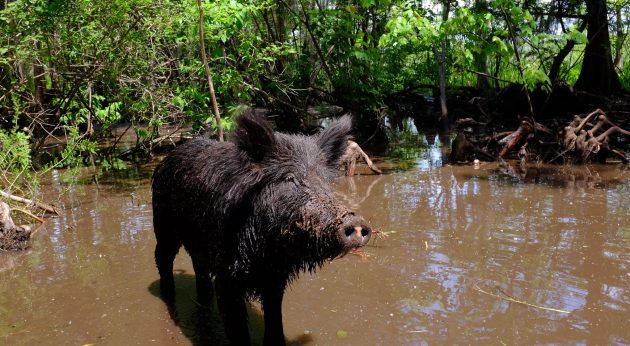
Context Matters
Field guides can help you not only with ID’s but with other important natural history information. Seeing a snowy owl in the “lower 48” United States is a special sighting, but this species experiences frequent population irruptions when the abundant owls move south from their usual arctic habitat.
A bat falcon is exciting, but the United States is well within a falcon’s flight distance.
If you see a Lady Amherst pheasant in a US park, though, it almost certainly didn’t accidentally fly in from Myanmar. This species doesn’t fly long distances. You can safely say it’s an aviary escapee.
Some birds, though, are a bit trickier. Like waterfowl. Ducks migrate long distances. And species do show up well outside their native range. But ducks are also popular aviary and barnyard birds. So figuring out the origin of a weird duck in a local pond might be tricky. (This guide can help).
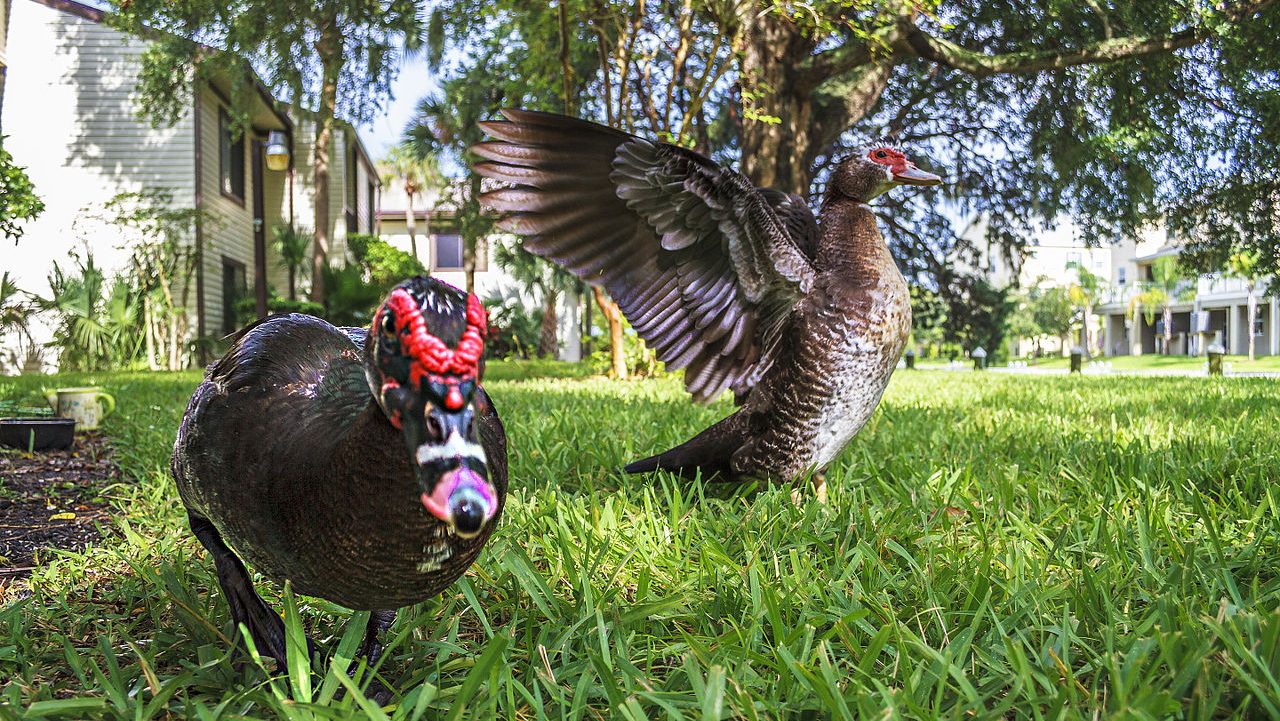
Does it “Count”?
If you see a wolverine or a zebra or a green iguana far from its range, you’ll have a cool story. Fellow nature nerds will be interested (if it’s a wolverine) or appalled (if it’s an invasive reptile).
If you see a weird bird, well, things can get a bit more contentious. The American Birding Association even has rules for what birds “count.” When a common crane appears in Idaho, there’s a lot of debate over whether this bird is a vagrant or an escaped aviary bird. Often, researchers can determine the answer, but not always.
I’ll leave it at this. As a naturalist, it’s fun to see new creatures, and it’s fun to go on quests to see unusual wildlife. If a great gray owl is reported in Idaho, as they sometimes are, I’m going to seek it out. But the same applies if an exotic pheasant is reported in a local park. It may be an escapee from a local aviary, but you can bet I’ll be searching the hedgerows for it.
But looking and recording weird species should be about more than lists. When you see something really weird, it’s a good thing to record it – with state agencies, on citizen science apps like iNaturalist or on other social media.
By reporting your sightings, you might be documenting range expansion. You might help someone reunite with their lost emu. You could help stop the establishment of a harmful invasive species. An unexpected sighting is exciting, but it can also help provide important information for conservation.




Non native vs invasive is a species by species and this habitat vs that habitat thing.
Ideally all would stay home and thrive.